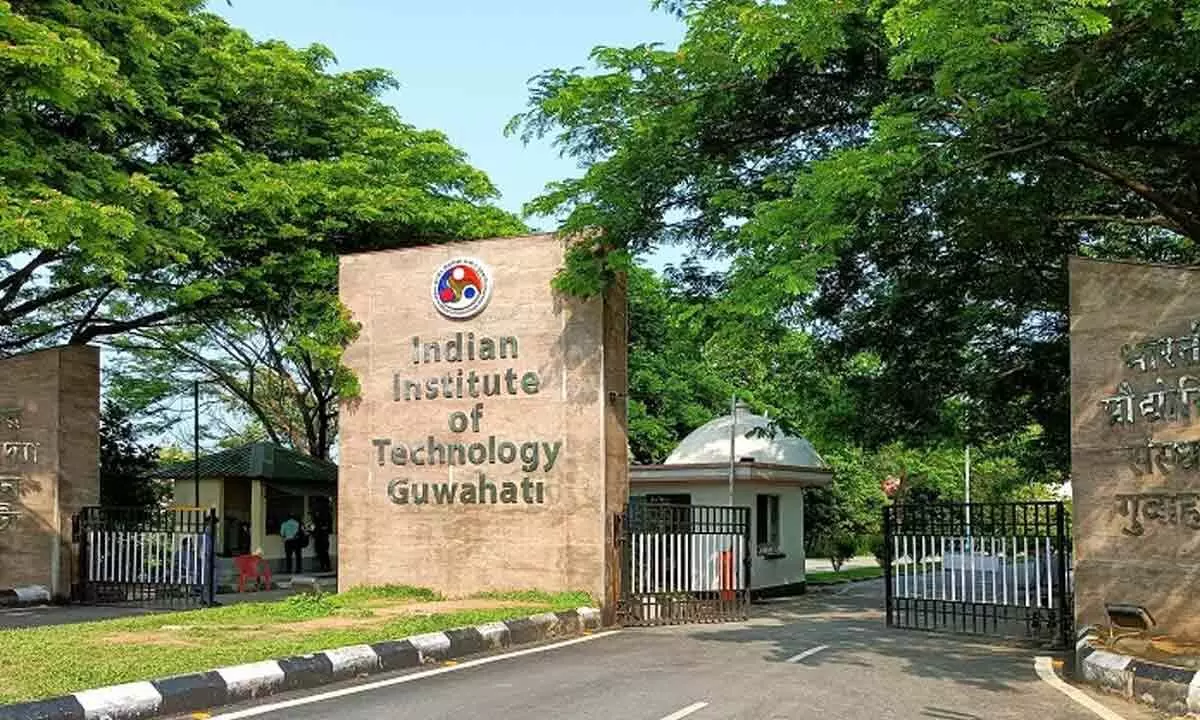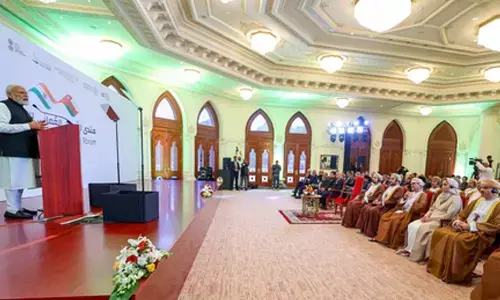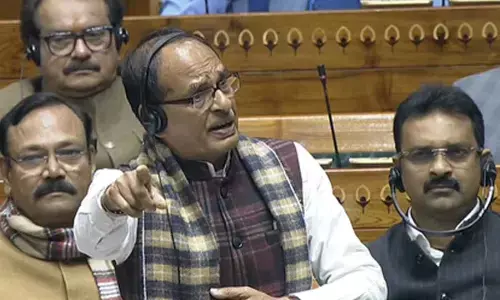IIT develops optimised voltage control approach for active power distribution

Indian Institute of Technology Guwahati
Researchers at the Indian Institute of Technology, Guwahati have developed optimised control schemes for active power distribution networks that can enable coordinated operation of photovoltaic power generation and electric vehicle charging stations.
Researchers at the Indian Institute of Technology, Guwahati have developed optimised control schemes for active power distribution networks that can enable coordinated operation of photovoltaicpower generationand electric vehicle charging stations.
The research was recently published in the prestigious journal of 'Sustainable Energy, Grids and Networks', and will help regulate voltages generated by intermittent photovoltaic (PV) systems besides paving a way for electric vehicles to participate in the active power distribution scheme. According to officials, electric vehicles (EVs) are being increasingly considered the solution to carbon emissions from the transportation sector.
The sustainability of EV can be enhanced if the power used to charge these vehicles is also based on renewable energy sources such as solar energy. However, solar energy is intermittent, which leads to voltage fluctuation problems in the power distribution networks.
"EV charging is uncoordinated at present, which leads to under-voltage of the distribution networks, and associated efficiency loss, they said. A coordinated control approach for power distribution system is required in order to derive maximum benefits from renewable power generation and electric vehicle power sourcing. PV and EV inverters need to work in coordination with other Voltage Regulating Devices (VRD) to regulate the system voltages," said Sanjib Ganguly, Associate Professor, Department of Electronics and Electrical Engineering (EEE), IIT Guwahati.
"We have developed an optimisation-based coordinated voltage control approach of power distribution networks to mitigate the overvoltage and under-voltage problems due to high PV generation and high EV charging, respectively.

















